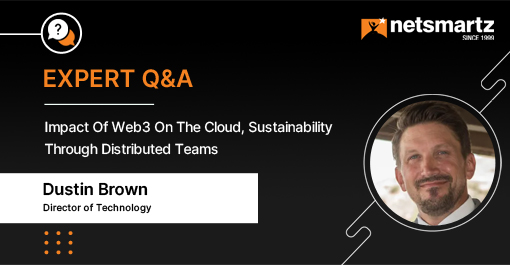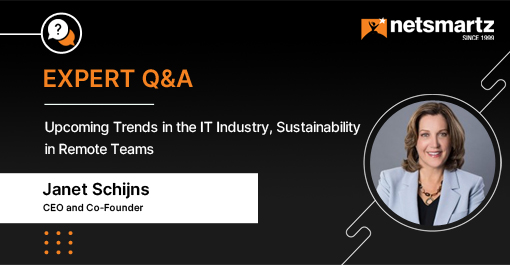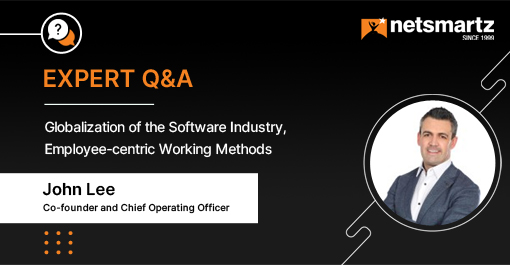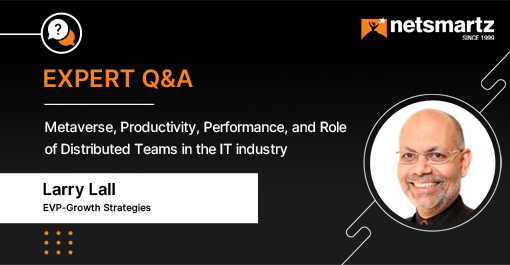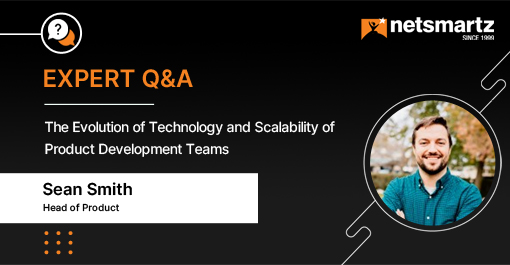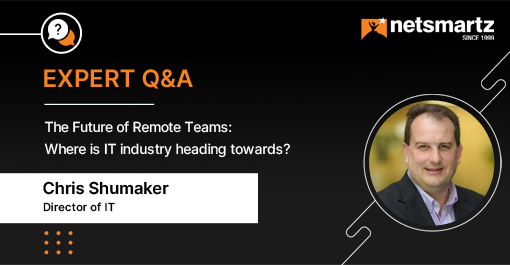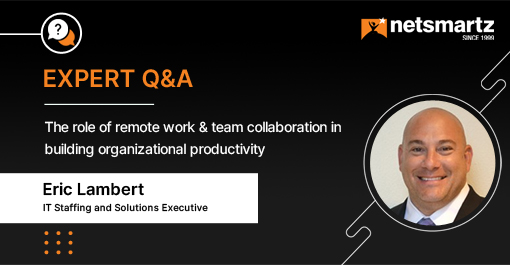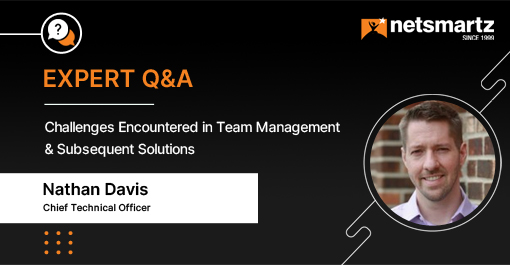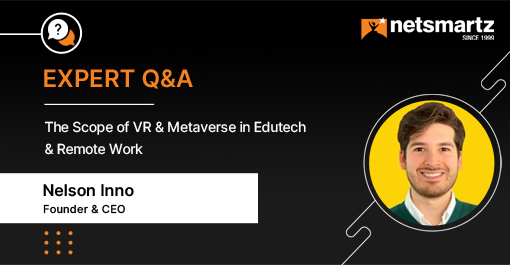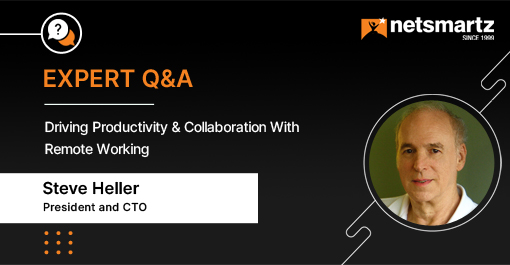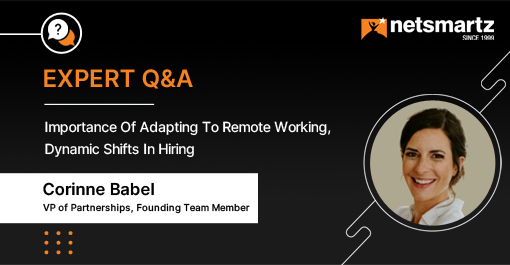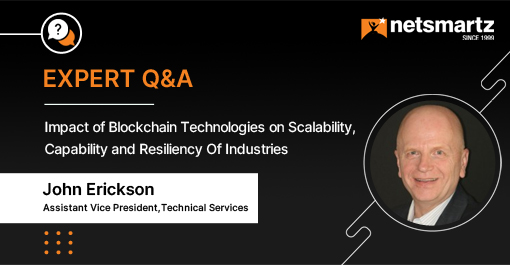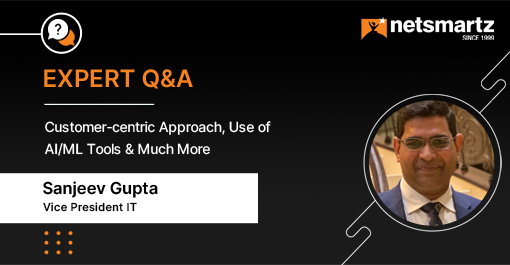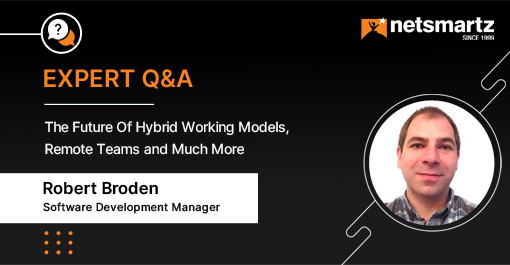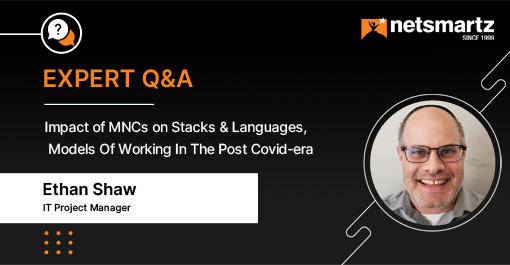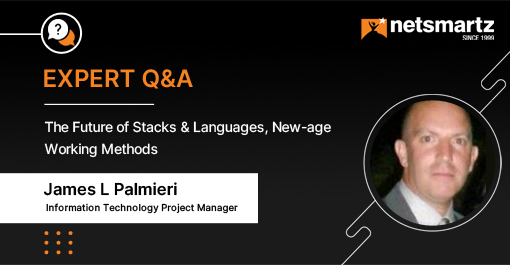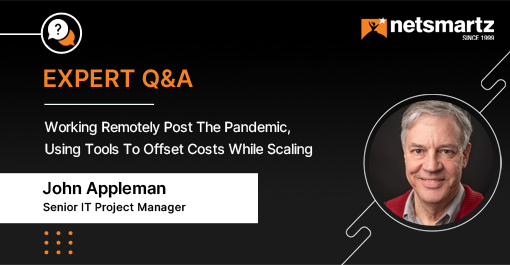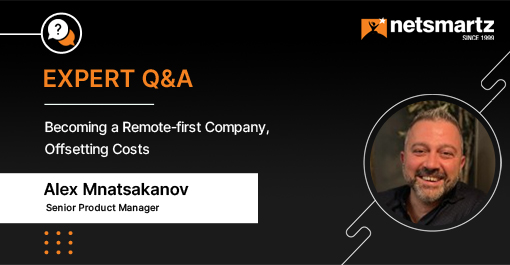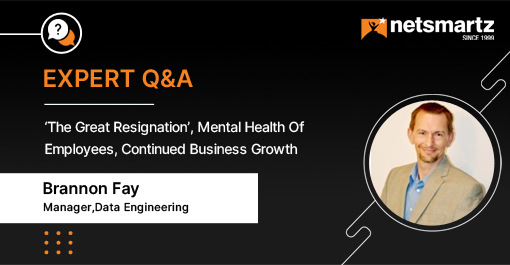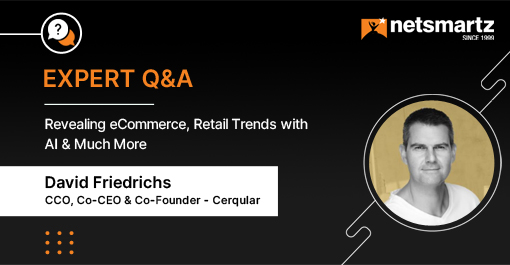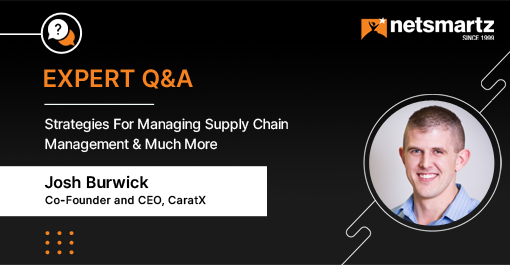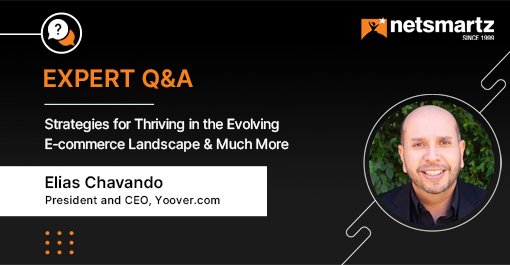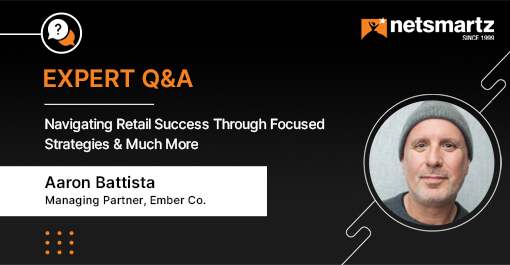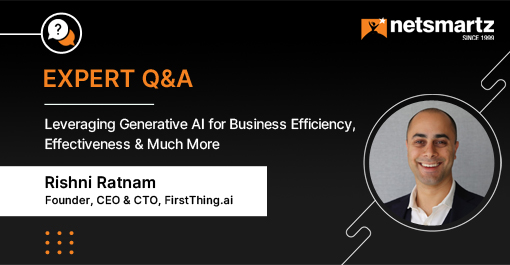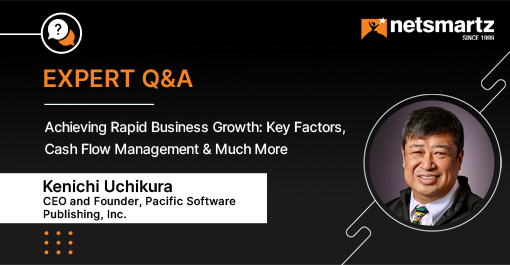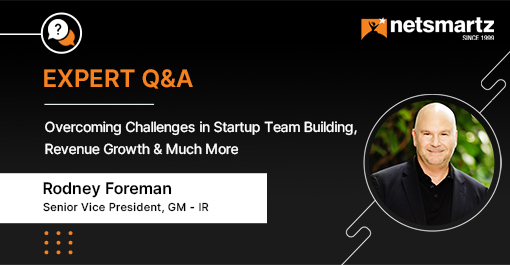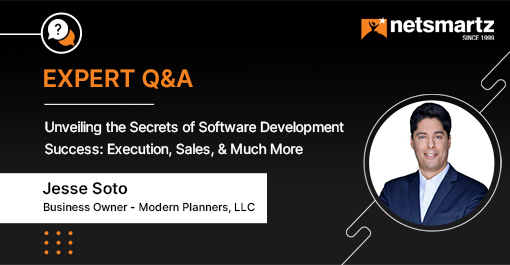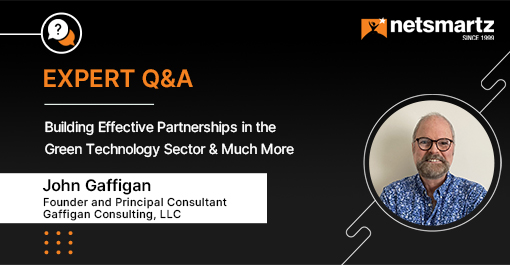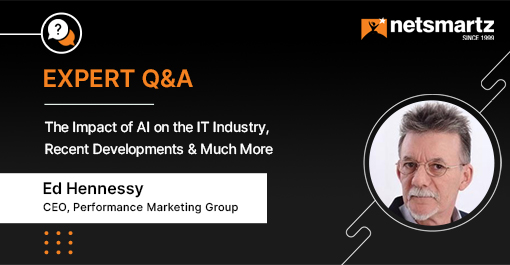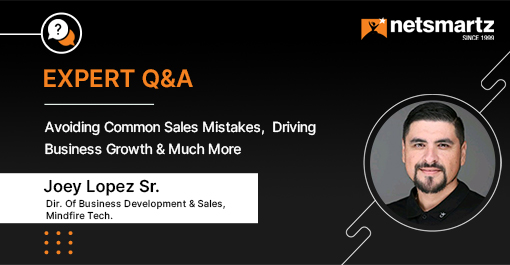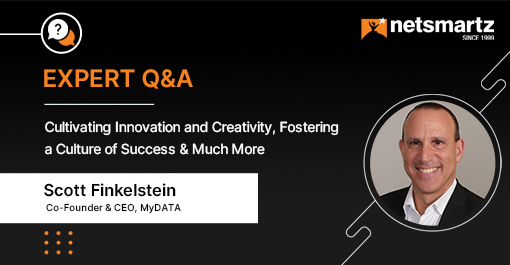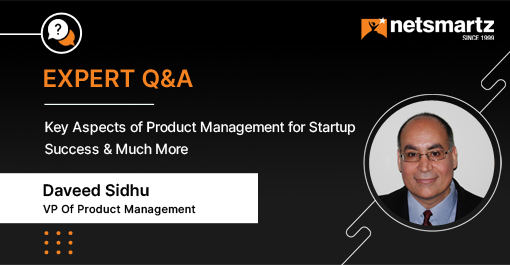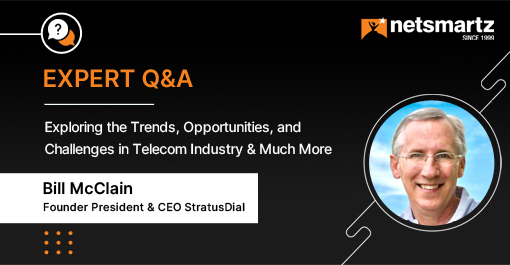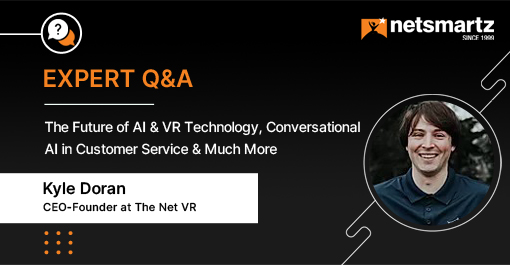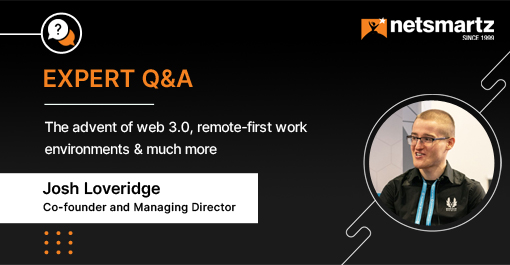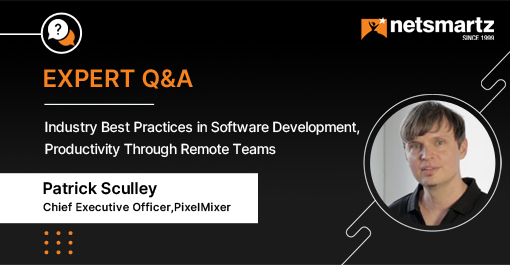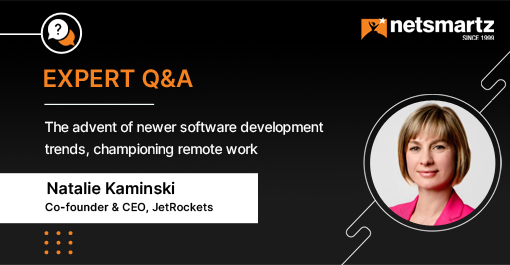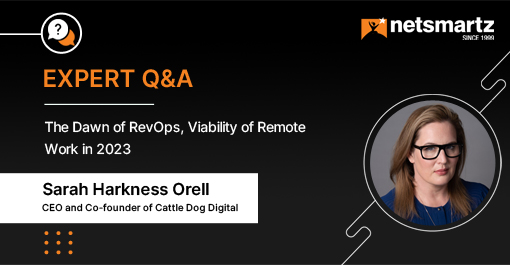Determining Target Market, Incorporating Feedback, Market Research & Much More
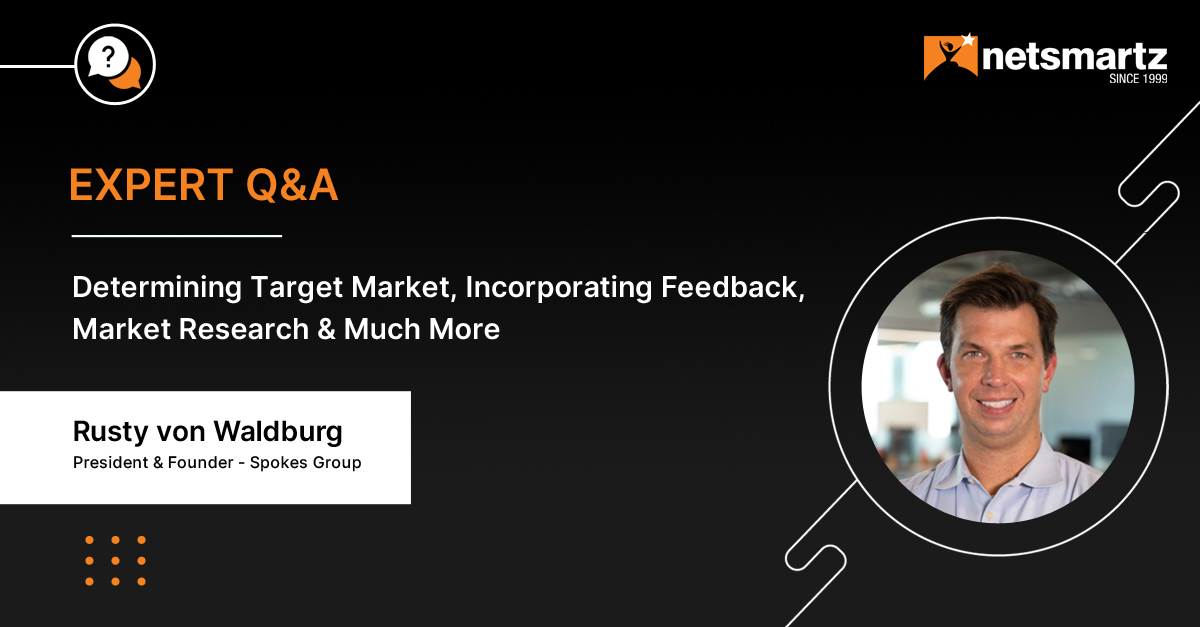
Determining the target market for a new product is a critical step for any company, and it requires a deep understanding of potential customer’s pain points. Customer feedback and market research play a vital role in product development and go-to-market strategy, as they help companies validate their assumptions and fine-tune their approach based on actual customer needs.
To shed more light on this topic, we got in touch with Rusty Bishop, a seasoned sales and marketing executive with over 20 years of experience helping companies grow and scale.
Keeping on reading to learn his insights!
Want to contribute to our expert insights?
Contact Us About Rusty von Waldburg
About Rusty von Waldburg
He is a seasoned revenue growth expert applying product development principles to his Go-to-Market Strategy & Ops approach. With a focus on innovation, testing, and execution, he has played key roles in driving growth for companies such as Salesforce, Square, and Motive. He has a proven track record of scaling businesses, raising funding, and building effective sales teams. With experience in product, GTM Ops, and sales, he creates revops structures and employs creative solutions to drive growth.
1. What’s your advice for companies to determine the target market for a new product, and what factors should they consider in this process?
Start with a pain point or business problem to address. Build a deep understanding of the problem by engaging folks that experience the problem regularly. Seek to quantify the impact on their workflow, how they work around the challenge, and how much business value would be unlocked by addressing the challenge. Then dig deeper to understand who else would be involved in the decision-making process and why the problem matters to them. Finally, size the potential market to determine if developing a solution is worth it. Too many times, I’ve seen tech companies who have invested in building a solution and are looking for a problem to solve. They have it backward.2. What role do customer feedback and market research play in product development and go-to-market strategy, and how should companies incorporate these factors into their decision-making process?
Market research and Customer feedback play a *massive* role in product development. Product development begins with deep discovery around a pain point – who experiences the challenge?; how does it affect their work?; How much value would be unlocked by addressing the challenge?; Who else is involved in decision-making? How would the potential solution affect these other stakeholders? Once you’ve built a basic understanding of the problem and a potential solution, the team must go deeper with prototyping and testing solutions. Oftentimes, interacting with a mock-up or prototype surfaces new insight around the challenge or a new approach that could prove to be a significant differentiator for the solution. The effort to understand the problem and solution doesn’t stop at launch. The work must continue with customers to understand how they use the product and where they find value. Digging in with customers drove an uncomfortable epiphany for one of my clients that their customers weren’t using the product as intended at all. The good news was the ‘off brand’ use case unlocked significantly more value. Understanding how customers were using the product ultimately prompted a shift in the pricing structure and accelerated market penetration and growth for the Client.3. How should companies measure the success of a market strategy, and what metrics should they use to track progress?
There are leading and lagging indicators of success. The lagging indicators are the ones that appear on your P&L and get featured in BOD presentations:- % Growth of $ and # Customers
- % Retention of $ and # Customers
- % MQL > SQL Oppty conversion by #
- Return on Ad Spend (RoAS), including marketing campaigns, events, and outbound prospecting
4. What’s your advice on ensuring the market strategy is adaptable and flexible enough to respond to changing market conditions and customer needs over time?
In my opinion, there are two aspects: 1. Be rigorous about documenting your ICP and associated personas. ICP and personas should evolve with the product – relatively slowly 2. Follow the RoAS – Channels, pitches, and campaigns with which to reach your ICP and engage the corresponding personas should iterate relatively rapidly. When the economy shifts, your approach must adapt while your ICP likely stays relatively the same. Wrapping Up
Wrapping Up
Companies must prioritize the process of determining their target market before investing in building a solution. With these insights from Rusty Bishop, companies can better navigate the complex landscape of identifying and targeting their market and ultimately drive growth and success. With these insights
from Rusty Bishop, companies can better navigate the complex landscape of identifying and targeting their market and ultimately drive growth and success.
Overall, this Expert Q&A was refreshing. As much as we enjoyed reading it, we hope you will find it insightful as well.
Are You An Influencer?
Make Your Mark as a Thought Leader
We invite industry influencers to participate in our Q&A panel, offering the audience valuable insight into cutting-edge technology trends, platforms, and more.





